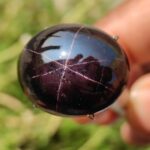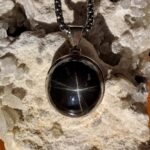Collectors like us are always on the lookout for specimens that exhibit anything unique. The more captivating properties they have, the better. As you know, there are all kinds of unique stones out there. But the stones that display asterism hold a special kind of appeal.
Asterism, or the star effect, is an optical phenomenon that occurs due to the interplay of light with the dense inclusions or structures within a gemstone. It results in a lustrous star-shaped pattern that appears to glide across the stone’s surface with the change of light source or angle of observation.
Below is a good example of what the asterism effect looks like.
The appearance of the star is usually most pronounced on a cabochon cut, where the dome-like shape enhances the visual effect.
Collectors prize these starry wonders for their rarity and the mesmerizing visual effect they offer. The occurrence of asterism can transform an otherwise common stone into a natural work of art.
While there are a number of different type of stones that exhibit asterism, there are a few that are more well known due to their striking star patterns.
Famous Asterism-Bearing Gemstones
Star Sapphire
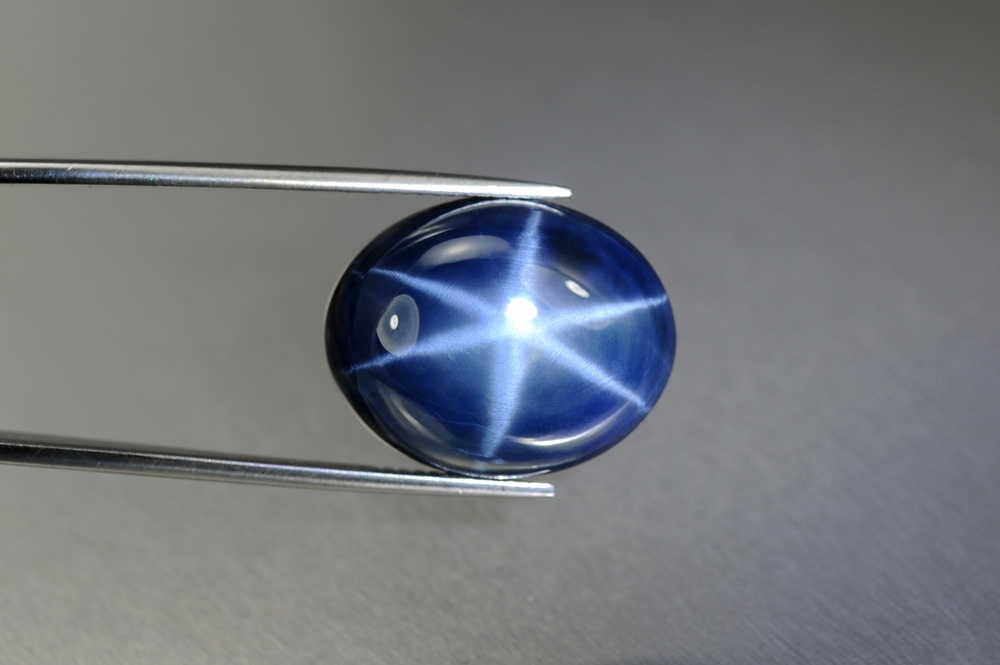
Star sapphires are very well-known for the star-like pattern that appears on their surface. These stones can range in color, but the most famous star sapphires are a deep blue. The star effect, or asterism, is caused by tiny needle-like inclusions of rutile within the stone.
Star Ruby
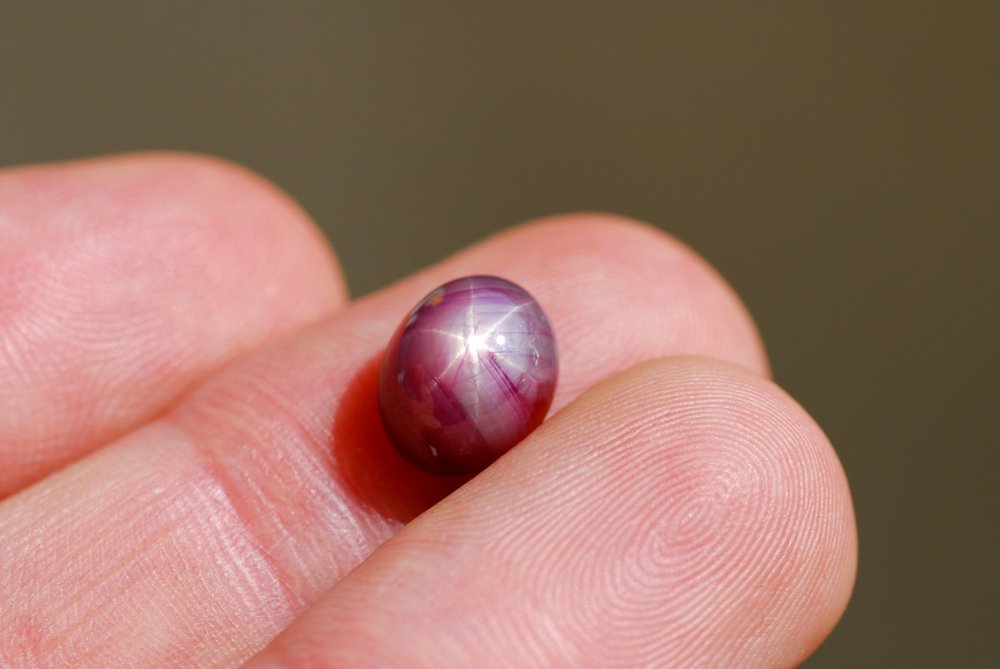
Similar to sapphires, star rubies are treasured for their captivating six-rayed star, which glides across the gem’s surface with movement. The exquisite star phenomenon in rubies is due to aligned needle-like inclusions, often made of the mineral rutile.
Star Garnet
Star garnets are rarer than the more common sapphires and rubies. They exhibit a four-rayed or sometimes six-rayed star, often in a reddish-brown or deep red color. Idaho is known for producing star garnets of exceptional quality.
Star Diopside
Star diopside is lesser-known but offers a distinctive four-rayed star pattern.
These stones are typically black or deep green, and the star effect is enhanced when viewed under a single light source.
Star diopside is softer than sapphire and ruby, making it a more delicate choice for collectors.
Star Quartz
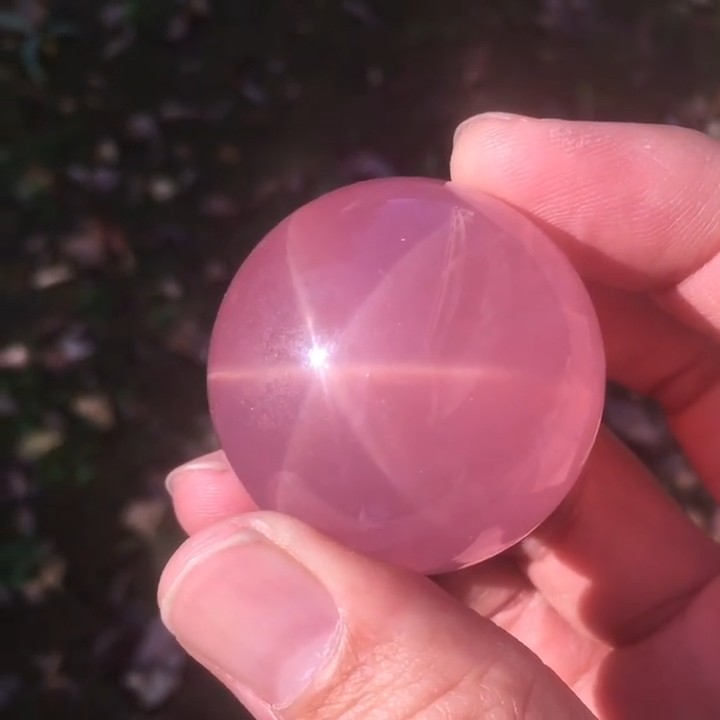
While manganese is essential for the creation of quartz crystals, barium composite plays a role to create this particular variation of the stone, as it’s the barium mineral that creates the star-like patterns, which thus led to the name of this kind of quartz.
In the case of Rose Quartz, exceptional specimens which have a “star” can be quite expensive. Lower-quality samples can be found for a relatively small price for collectors. In jewelry, richly colored cabochons with a centrally located star can get very expensive.
- Online rock and mineral club for collectors of all levels!
- Find community with like-minded rock and mineral enthusiasts.
- Monthly Giveaways!
- Free Access to Entire Digital Library of Products (annual memberships)

